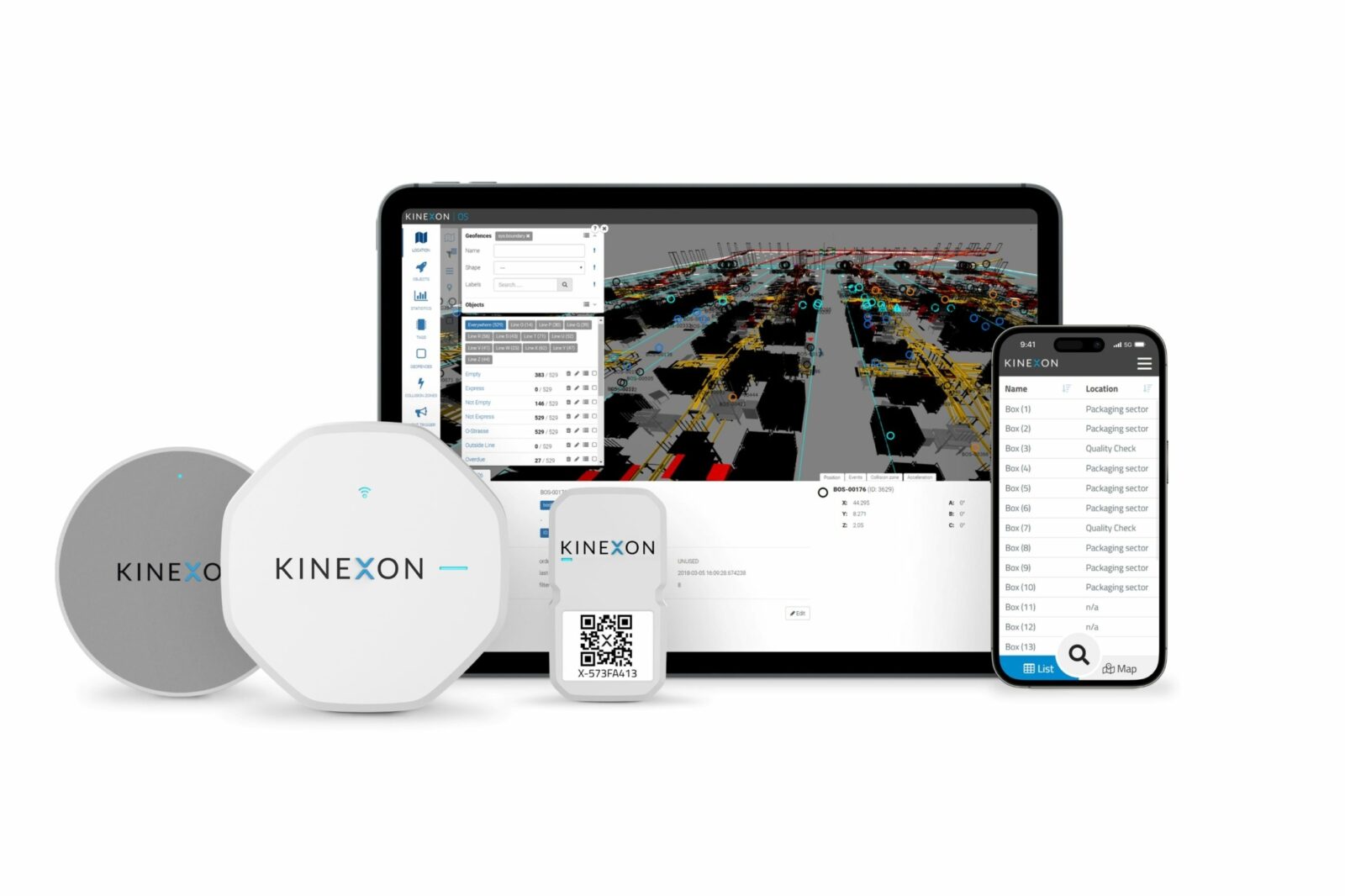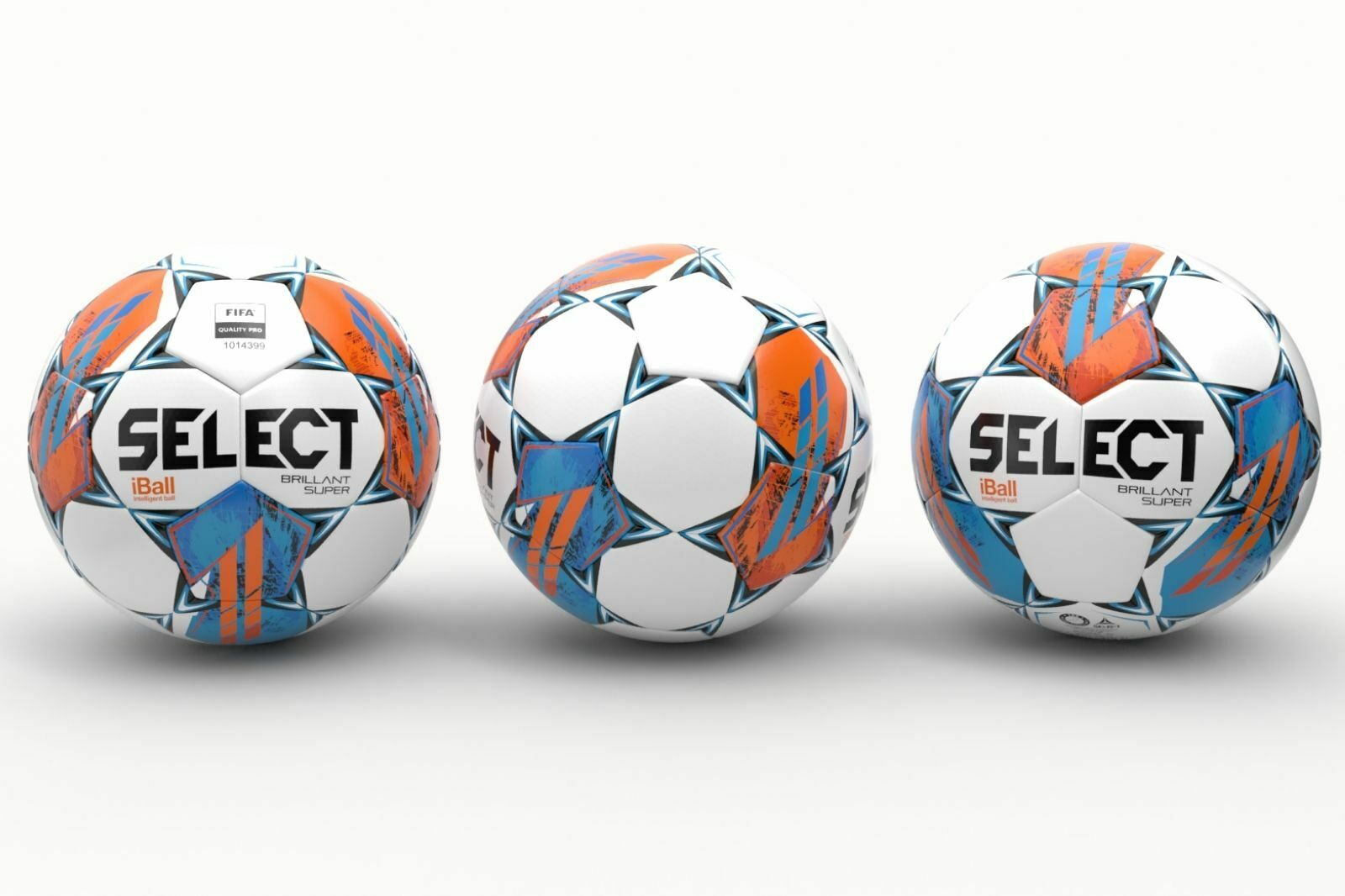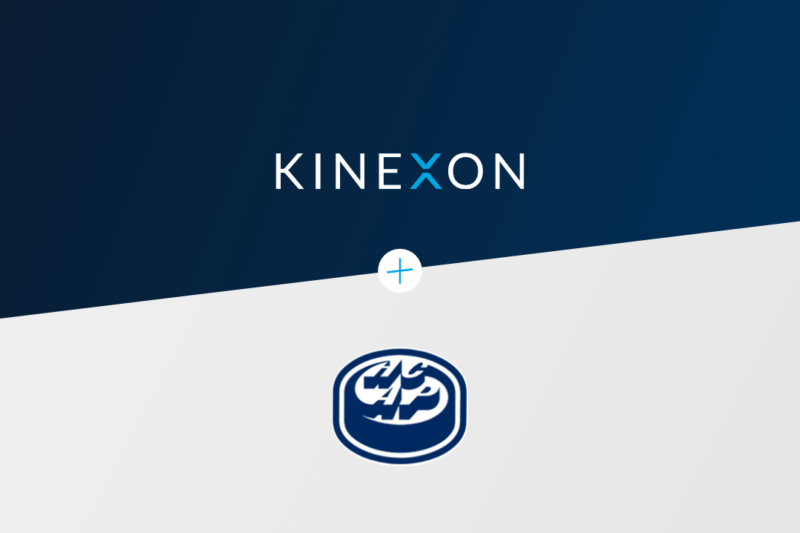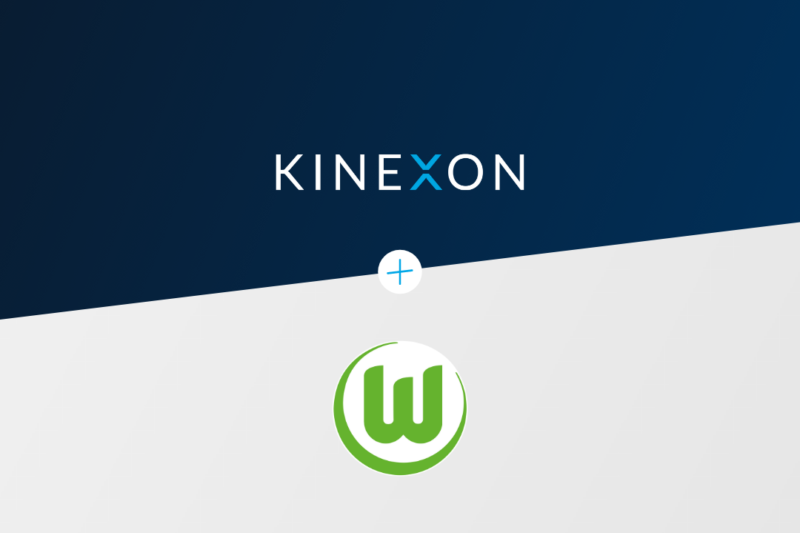Telekom and KINEXON with new technology to combat COVID-19
T‑Systems and its partner Kinexon have developed a warning technology for companies. This enables companies to detect infection chains at an early stage. The new offering is called “Enterprise Protection System (EPS)”.
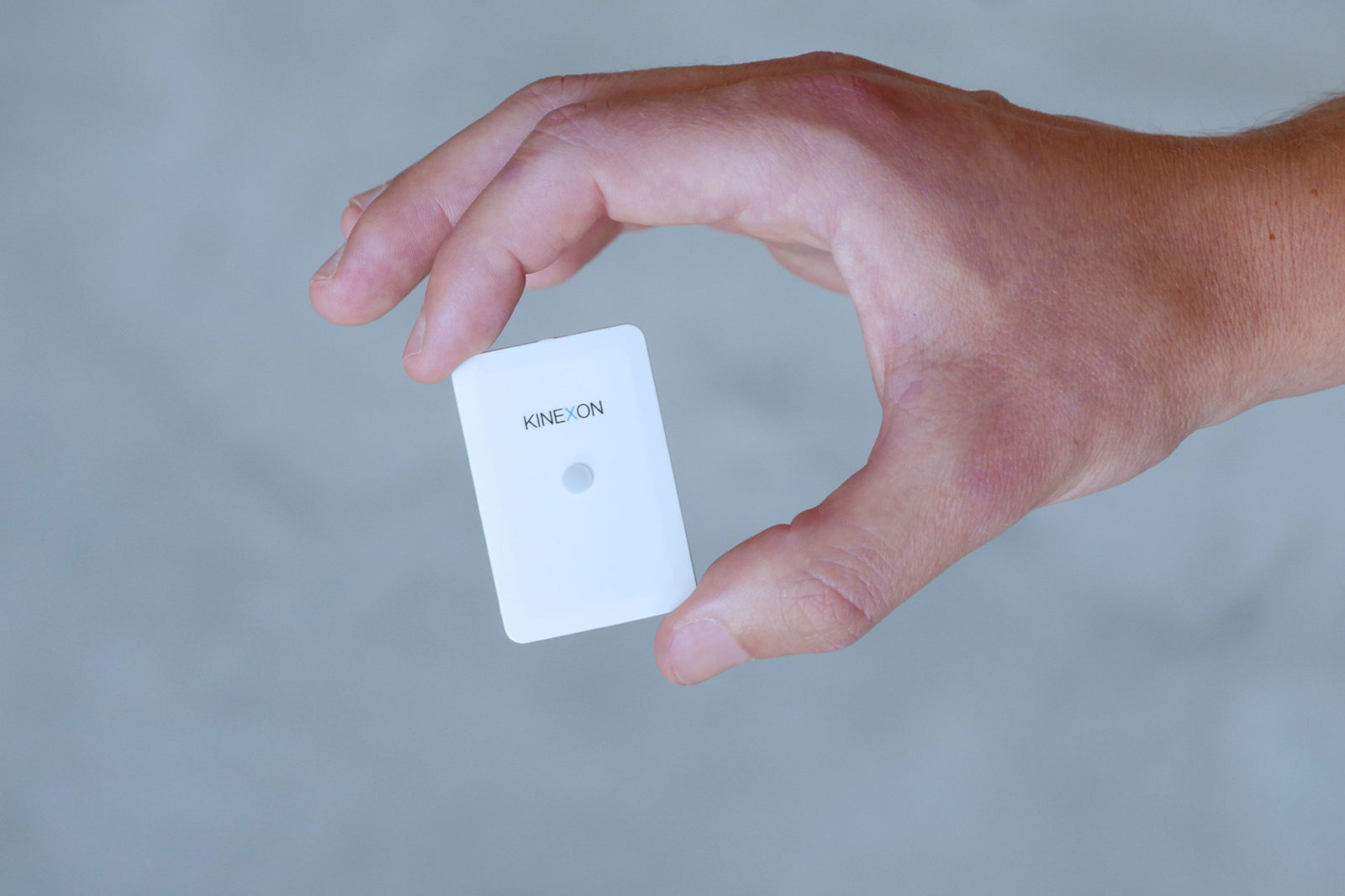
- Wearables with real-time warning function keep employees distanced
- App detects chains of infection for business or events
- PENNY DEL: Eisbären Berlin and Wolfsburg Grizzlies test system
- Data protection Rhineland-Palatinate says technical concept is viable
Whether at a ticket checkpoint or on an assembly line, it’s hard to keep your distance when space is tight. A Corona case in the workforce can threaten colleagues with time in quarantine. This runs the risk of bringing production to a standstill. Production and logistics fear the uncontrolled spread of the virus after a positive case. The sports, event and travel industries also want to quickly identify and break infection chains.T‑Systems and its partner Kinexon have developed a warning technology for companies. This enables companies to detect infection chains at an early stage. The new offering is called “Enterprise Protection System (EPS)”. The first tests were conducted in ice hockey. Clubs in the PENNY DEL have already successfully tested the system. It was used last week in the game between the Eisbären Berlin and the Wolfsburg Grizzlies. This week, another test is scheduled for the game against the Augsburg Panthers.
“Corona will continue to challenge us in all areas of life and we will have to live with the virus. It is all the more important that we think in terms of concrete solutions as well as work with concepts to ensure that, in perspective, ice hockey sports can once again take place in front of spectators. The Enterprise Protection System can be another important building block in this process. It is another pillar of the concrete efforts we are making on the part of the league as well as in community with our 14 clubs in the area of hygiene as well as contact tracking.”
Data protection has no objections
The Rhineland-Palatinate state data protection agency confirms the viability of the EPS’s technical concept. It processes data in a mostly decentralized manner. Users remain anonymous. Where necessary, EPS uses pseudonyms. Use of the system remains voluntary. Therefore, according to their current understanding, there are no objections. Cell phones are often banned in the workplace because of work or data protection issues. There, the smartphone is ruled out as a warning device against Covid-19. The T‑Systems solution therefore combines a tracing app with the SafeTag from Kinexon. The small device keeps employees at a distance. It registers contacts where cell phones are not allowed. The tracing app shows whether risky contacts were present.
Detecting and breaking infection chains at an early stage
“Corona doesn’t stop at the stadium or factory gate. We detect and break infection chains at an early stage: This is where we support event organizers or companies.”
“Our SafeTags are being used successfully in a variety of leagues in the U.S., where they have made a huge contribution to the safety of everyone in attendance. With the EPS app from T‑Systems, we are able to respond even more to the needs of companies in Germany – for example, when it comes to the issue of decentralized data management.”
How the alert system works
Employees take a tag from the charging station at the start of their shift. They scan the QR code on the back of the small device with their smartphone and the EPS app. The smartphone and device are then paired. The smartphone then remains in the locker. The SafeTag accompanies employees through the day as a wristband or clip. When there is sufficient distance to others, the devices light up green. If they are too close, they first flash red. After five seconds, a beep is heard.
Prepared for virus mutations
Once a second, the SafeTag measures distances. It measures to within ten centimeters. It uses the Utra-Wideband (UWB) radio standard for this purpose. The warning distance can be flexibly adjusted to increased risk of infection by Covid mutations such as the British variant B.1.1.7.
At the end of the day, the SafeTag transfers contacts to the app
At the end of the day, the device is returned to the charging station. It automatically decouples. The SafeTag transfers the contacts of the working day to the app via the cloud. Short contacts with sufficient distance are deleted immediately. It saves possible risk contacts for 14 days. The data remains on the phone alone.
Traffic light display for risky contacts
When employees open the app, it downloads anonymous positive messages from the server. It compares these with the contact list on the smartphone. If there was a virologically relevant encounter, the app displays a warning screen. Depending on the risk level, this is red, yellow or green. The app calculates the risk level from factors such as duration, distance and number of contacts.
How do positive messages get on the app?
After a positive result or suspected case of corona, employees report this to the company. The employer verifies the illness. The employer then generates a TAN number on the EPS website. Upon receipt, employees enter the number into the app. The TAN is valid for one hour. Once entered, the system transmits anonymous positive messages to the server. When colleagues open their app, they download the messages from the server. Then the app calculates possible risk contacts.
Identity protection, voluntary participation
The app is voluntary for employees. They remain anonymous. Communicate your identity after infection: Employees decide this themselves. The Enterprise Protection System complies with the General Data Protection Regulation (GDPR). Therefore, no data is exchanged between corporate customers. Telekom sets up separate clients for companies on the system. This is a key requirement of data protection officers.


